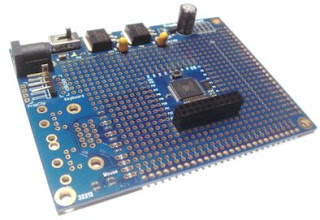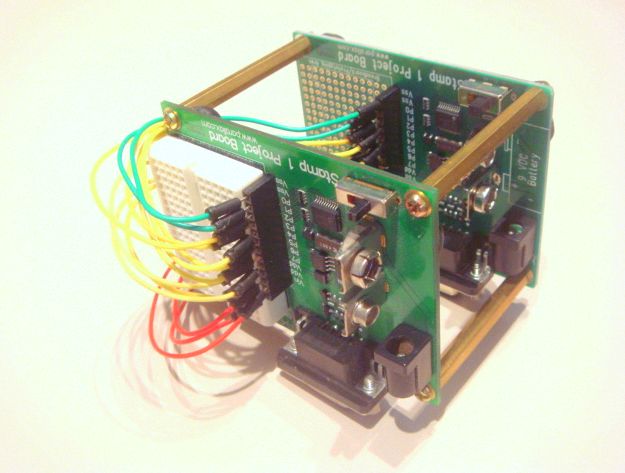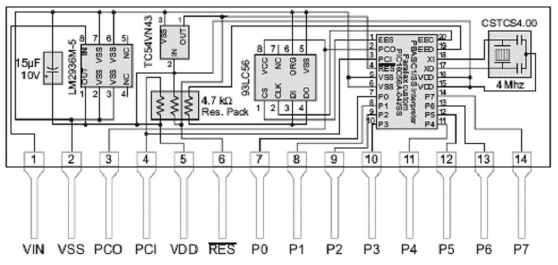08.06.2010 12:44 AM, Code 1-1 In the beginning, how would you fill a Big Brain?
If you had a big brain for your robot, what would you put in it?
I think some similarity to a human brain is good, for example, put in vision processing, memory, and a robot autonomic nervous system. Ok, your turn, fill the brain..
Use an extremely large array of sensors similar to that of the human nervous system. Consciousness. The only limit is your imagination. Education. Impressive sensors. Move around and manipulate the world. Keep the brain "out of trouble." That is, keep it from running into things, running off drops or down stairs. Keep itself powered, recharging by returning to a recharging station or battery changing station when needed or keeping itself in light where it could receive recharging through solar panels. It might also include calling out for help with some sort of trouble alarm. Basic robot safety (protecting itself) would be a first priority. Aim for the most basic brain functions first. Give it a model of human intelligence.
Keep out of trouble, self preservation, maintain itself, protect others, know its environment, and ponder its existence in the Universe, an autonomic nervous system so it can react automatically to many things without much thinking (hot, cold, light, dark, hunger, full, touch, smell, noise, tilt, terrain, wind, hurt..) another place in the brain could determine what is right and wrong. For example, it is wrong to walk inside the house on the white carpet with muddy feet. It is wrong to feed the cat with fish from the aquarium. This list could be endless. The brain will need to prioritize.
How about a personality section. It can be sarcastic, optimistic, pessimistic, logical like Mr. Spock, wild and crazy as Steve Martin might say, timid and shy, bold and brave to explore strange new worlds seek out new life and boldly go where... The important thing about the personality brain lobe is that it must develop its own personality based on its experiences. Will a good robot follow the law like a mindless cretin or will it have the ability to interpret the law within reason and circumstance.. Which leads into the next section of the brain, which would be a philosophical center and the ability to interpret various philosophies.
A section in the brain for fuzzy logic, to interpret results in a less rigid fashion, to have the ability to average things, and approximate the information collected. Rather than draw a philosophically incorrect conclusion, the result could be inconclusive, especially when there is no yes or no solution. The gray water section could include interpretation of vision, and other sensory elements and include sets of general algorithms to apply across the board.
Another brain section called, "Shoot from the hip." In life it becomes necessary to make snap decisions and judgments, in quick situations where and when there is limited or no time to think. For example, a baseball flying at your head and you would want to duck in a particular direction, a baby crawled onto the coming trains tracks you would grab it in the most efficient manner to save it, your information is at home and you must immediately summarize it to pass through the security gate, should you buy red or blue and the person behind you is telling you to hurry up, etc. This is not to be confused with instinctive reactions which also can be programmed in another part of the brain.
An emotional center in the brain is needed when interacting with humans, otherwise the robot will be very boring.. This can include heightened interest in certain topic, lack of interest in others, robust behaviors for interesting activities..
Thinking should be accessible in some way by output. In SEED, it displayed thoughts on a debug screen. However, in the bigger brain we're designing, it additionally will have motor functions which can move a robot in various ways. Human thinking does not always have visible results but if you can peek into a dream it can be very interesting. On the original Star Trek series, in the early episodes, the ships computer said, "Working," so you knew it was thinking.
Let's say thousands of people were developing common apps and posting each on the net. The brain would access the open door by doorknob routine, and have access to millions of other routines. The intelligence "brain" decides which routine is needed and the robot performs the action to grasp the specific knob/lever/handle and opens the door.


























